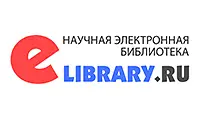Abstract:
Committing word to paper in handwriting is a uniquely human act. On-line HWR,, refers to situation where the recognition is performed concurrent to the writing process. Online handwriting data are a dynamic digitized representation of a pen movement, generally describing sequential information about position, velocity and acceleration.
Prior to any recognition, the acquired data would be preprocessed to reduce spurious noise, to normalize the various aspects of the trace, and to segment the signal into meaningful units. The main approaches to noise reduction deal with data smoothing, signal filtering, and de-hooking and wild point corrections. Common normalization procedures involve correction of baseline drift, compensation of writing slant and adjustment of the script size. Segmentation can be done at various levels: - stroke level, letter level, word level, line level and region level. Statistical and/or structural features would be extracted for recognition purpose.
The attempts to recognize handwriting have converged into two distinct families of classification methods: - 1) formal structural and rule based methods and 2) statistical classification methods.






